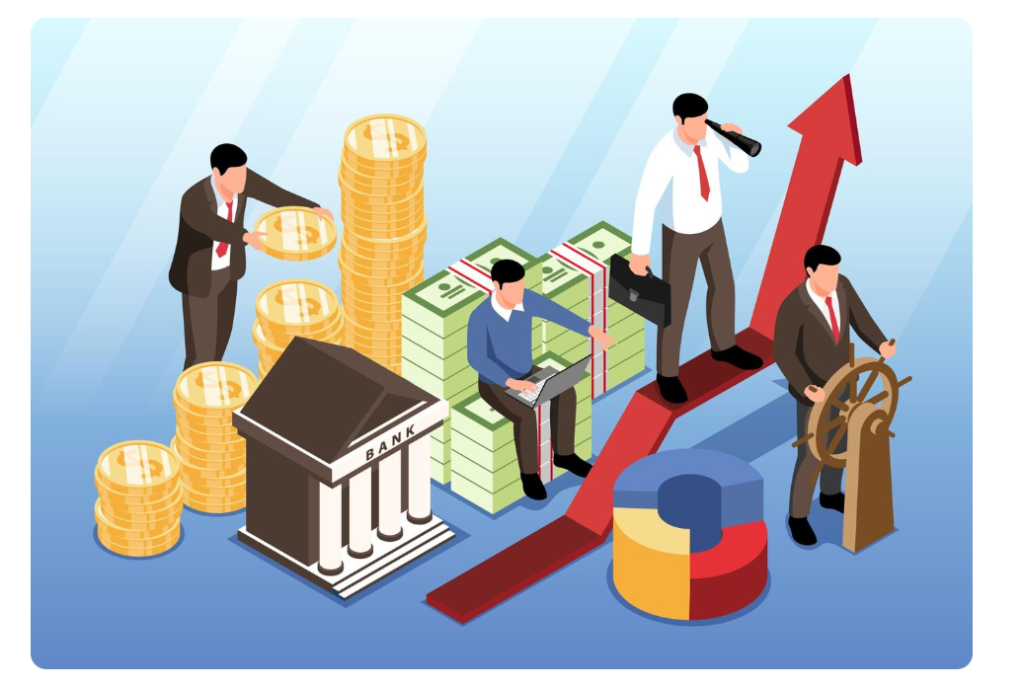When analyzing stocks, you’ll often hear about two key metrics:
ROE (Return on Equity) and ROA (Return on Assets).
They may sound similar, but when viewed together, they reveal the true picture of how efficiently a company is managed.
Let’s break it down in simple terms.
✅ ROE vs ROA at a Glance
| Metric | ROE (Return on Equity) | ROA (Return on Assets) |
|---|---|---|
| Formula | Net Income ÷ Shareholders’ Equity × 100 | Net Income ÷ Total Assets × 100 |
| Basis | Shareholders’ capital only | Total assets (Equity + Debt) |
| Meaning | Profitability from the shareholders’ perspective | Efficiency of all assets, including debt |
| Impact of Debt | Can boost ROE artificially | Includes debt, more stable |
🧠 Why ROE Alone Can Mislead You
A high ROE often looks attractive, but it can be misleading.
That’s because ROE rises when a company takes on more debt.
📌 Example:
- Company A: Equity = $1,000M, Net Income = $100M → ROE = 10%
- Company B: Equity = $500M, Debt = $500M, Net Income = $100M → ROE = 20%
👉 At first glance, Company B looks better.
But in reality, its high ROE may come only from using more borrowed money.

💡 Why You Need ROA Too
ROA considers all assets (Equity + Debt), making it harder to “game” the number with debt.
| Company | ROE | ROA | What It Means |
|---|---|---|---|
| A | 10% | 5% | Balanced, healthy structure |
| B | 20% | 4% | High ROE but low ROA → likely debt-driven |
| C | 8% | 6% | Stable returns, efficient asset use |
👉 High ROE + High ROA = Strong, efficient company
👉 High ROE + Low ROA = Debt-driven illusion
🔍 Practical Tips for Investors
- Never rely on ROE alone → Always check ROA as well.
- If the gap between ROE and ROA is large → Investigate debt ratios and interest costs.
- High ROE and consistently strong ROA → Signs of a truly efficient and sustainable business.
🧾 Quick Summary
| Key Point | Takeaway |
|---|---|
| ROE | Profitability from shareholders’ equity |
| ROA | Profitability from total assets |
| ROE ↑ + ROA ↓ | Possibly inflated by debt |
| ROE ↑ + ROA ↑ | Likely a genuinely strong company |
| Investor Tip | Compare ROE & ROA → Then check leverage levels |
💬 Final Thoughts
ROE and ROA are two sides of the same coin.
- ROE tells you how well the company uses shareholders’ money.
- ROA tells you how well the company uses all the money (equity + debt).
By looking at both together, you can separate companies that rely on debt from those that truly excel at generating profits efficiently.
👉 Smart investors don’t just chase high ROE.
They also check ROA to see if it’s backed by real performance — not just financial leverage.
📝 Disclaimer
This article is intended for educational purposes only. It does not constitute financial, investment, or legal advice. All investment decisions involve risks, and readers should conduct their own research or consult with a licensed financial advisor.
